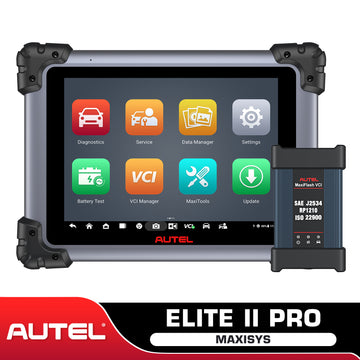What Does TPMS Mean?
The purpose of the tire pressure monitoring system (TPMS) in your vehicle is to warn you that at least one or more tires are significantly underinflated, potentially leading to unsafe driving conditions.
Prior to the rollout of tire pressure monitoring systems, drivers often failed to realize that their tire pressure was low which led to increasingly dangerous conditions while driving. Improper tire pressure resulted in a great number of accidents – most of which could have easily been avoided had the driver been aware of when to check tire pressure and adjust the inflation level accordingly.
As part of the U.S. TREAD Act, all cars model year 2008 or newer are equipped with a Tire Pressure Monitoring System, which includes sensors mounted in each tire to continuously measure pressure and alert drivers when severe under-inflation is detected.
Types Of TPMS
Direct Monitoring Systems
Direct tire pressure monitoring systems measure, identify and warn the driver of low pressure. Because direct systems have a sensor in each wheel, they generate accurate warnings and can alert the driver instantly if the pressure in any one tire falls below a predetermined level due to rapid air loss caused by a puncture.
Indirect Monitoring Systems
In the interest of providing a lower cost Original Equipment system, indirect tire pressure monitoring systems were developed by vehicle manufacturers wishing to comply with the law while minimizing development time and cost. Indirect systems use the vehicle's anti-lock braking system's wheel speed sensors to compare the rotational speed of one tire to that in another position on the vehicle.
How does TPMS work?
Sensors within the tire, or on the car, send information to one or several modules in the car. These modules are programmed with a range of acceptable circumstances. For direct tire pressure monitoring, this is often between 28 and 35 pounds per square inch (psi) of air in the tire. Indirect tire pressure monitoring systems don't rely on sensors to do the work, or at least not pressure sensors. The systems rely on wheel speed sensor data to interpret the size of a tire based on how fast it rotates.


























